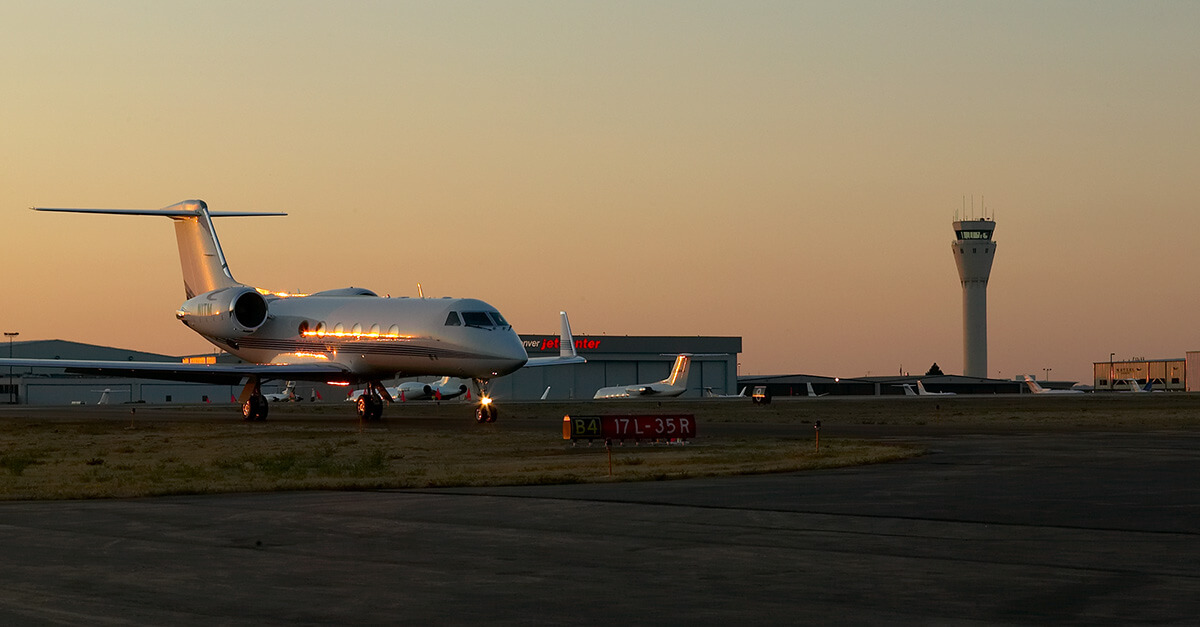
April 17, 2020
Since March 18, more than 40 FAA ATC facilities across the U.S., ranging from airport towers and TRACONs to air route traffic control centers, have been affected as personnel tested positive for the novel coronavirus. However, these impacts have increasingly become unnoticeable to operators, and that is by design.
“The FAA is smartly managing its staffing resources under a ‘staff to traffic’ program that matches personnel to the anticipated number of operations in their sector at a given time,” explained Heidi Williams, NBAA’s director of air traffic services and infrastructure. “ATC facilities have also gone to a three-shift system, in which controllers may swap schedules with others on their shift, but not between shifts.”
These procedural changes help to not only protect individual team members, Williams continued, but also minimize service disruptions at a facility in the event a team member tests positive for COVID-19. “The FAA has also developed a process by which, in the event an ATC facility requires disinfection, this can usually be accomplished overnight,” she said. “That further reduces the impact to operators in the NAS.”
Another, less fortunate factor in this process is the average 65% drop in traffic nationwide in recent weeks as pilots, business flight departments and commercial airlines have all drastically scaled back their operations during the pandemic.
“[The weekend of April 11-12] saw a line of severe storms along the East Coast that, under normal circumstances, would have required flow control programs,” said John Kosak, CAM, weather program manager for NBAA Air Traffic Services. “With less traffic in the sky, no significant traffic management initiatives were needed, and even with reduced staffing, ATC was able to smoothly handle traffic through course deviations and extending miles in trail.”
Even with fewer planes in the air, however, proper flight planning remains critical, and business aircraft flight crews should be prepared for potential changes once airborne. “Flying across the NAS has always represented a team effort between pilots and ATC,” Williams concluded. “Perhaps now, more than ever, we are all in this together.”
To review a recent NBAA webinar on ATC closure preparedness, view the NBAA News Hour webinar recording titled “When COVID-19 Causes ‘ATC Zero’ Disruptions.”


 International Business Aviation Council Ltd.
International Business Aviation Council Ltd.